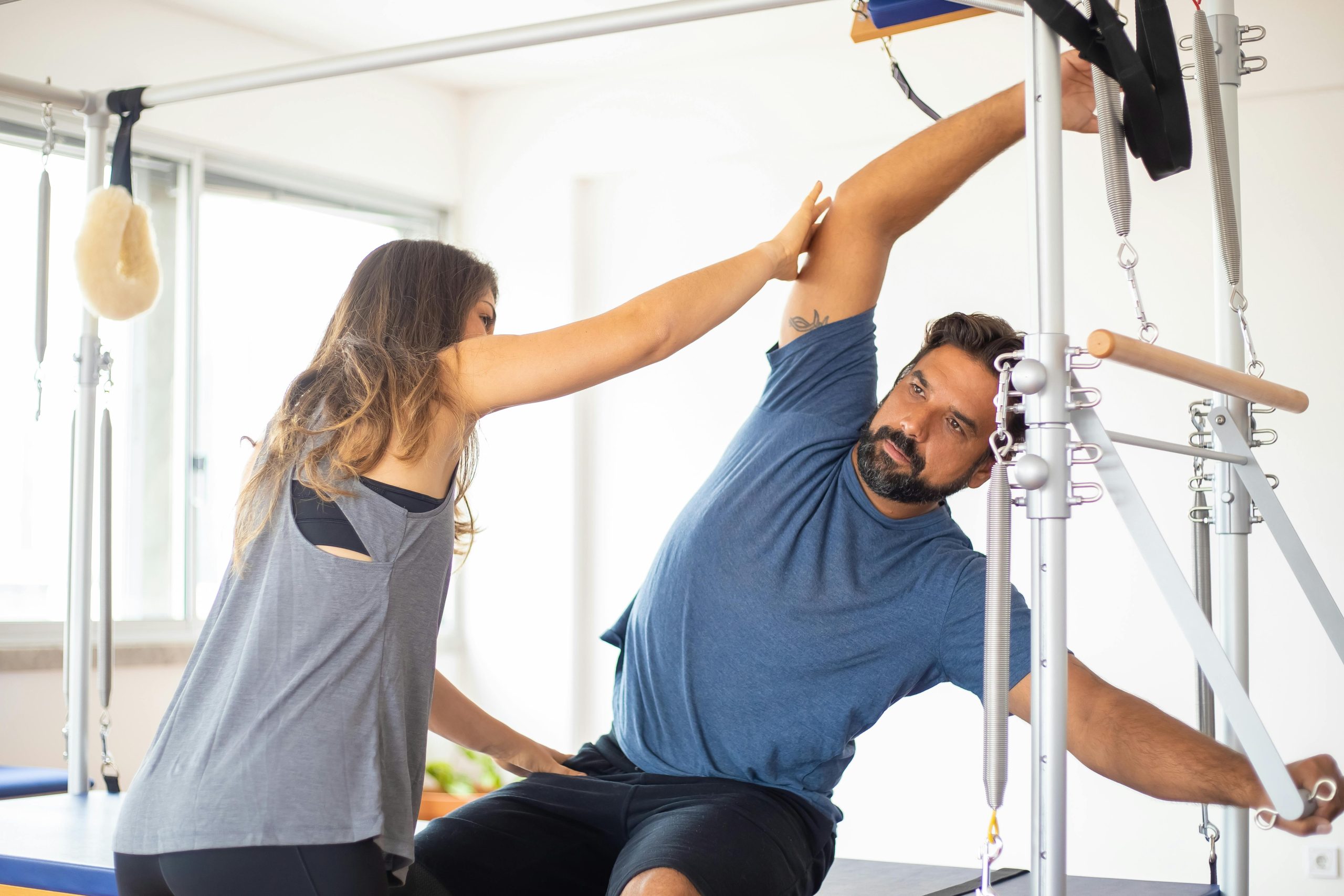Getting a good night’s sleep is essential for overall health, yet many people struggle with falling asleep or staying asleep. One often overlooked solution is incorporating stretching routines into your nightly ritual. Stretching not only helps relax tense muscles but also prepares your body for deep, restorative sleep while speeding up recovery from daily activities or workouts. Whether you’re an athlete, a desk worker, or someone dealing with stress, these stretching routines can significantly improve your sleep quality and recovery.
Why Stretching Before Bed Improves Sleep and Recovery
Stretching before bed offers numerous benefits that contribute to better sleep and faster recovery. When you stretch, you activate the parasympathetic nervous system, which helps your body shift into a state of relaxation. This reduces stress hormones like cortisol and encourages the release of endorphins, promoting a sense of calm.
Additionally, stretching increases blood circulation, delivering more oxygen and nutrients to tired muscles. This helps repair muscle tissues overnight, reducing soreness and stiffness. For those who sit for long hours or engage in intense workouts, stretching can alleviate tension in the hips, shoulders, and lower back—common areas where stiffness accumulates.
Finally, a consistent stretching routine signals to your body that it’s time to wind down, making it easier to fall asleep and stay asleep throughout the night.
Top Stretching Routines for Better Sleep
Here are some of the best stretching exercises to incorporate into your nightly routine for improved sleep and recovery:
1. Child’s Pose (Balasana)
This gentle yoga pose stretches the lower back, hips, and shoulders while encouraging deep breathing. Kneel on the floor, sit back on your heels, and fold forward with your arms extended. Rest your forehead on the ground and hold for 30 seconds to a minute.
2. Standing Forward Bend (Uttanasana)
This stretch releases tension in the hamstrings and lower back. Stand with feet hip-width apart, hinge at the hips, and let your upper body hang forward. Keep a slight bend in the knees if needed. Hold for 20-30 seconds.
3. Seated Spinal Twist
Great for relieving tension in the spine and improving digestion, this stretch involves sitting with one leg crossed over the other and gently twisting your torso toward the bent knee. Hold for 20 seconds on each side.
4. Butterfly Stretch
Sit on the floor, bring the soles of your feet together, and let your knees drop outward. Gently press your thighs down to stretch the inner thighs and hips. Hold for 30 seconds.
5. Legs-Up-the-Wall Pose (Viparita Karani)
Lie on your back and extend your legs vertically against a wall. This pose helps relax the nervous system and improves circulation. Stay in this position for 5-10 minutes while focusing on deep breathing.
How to Maximize the Benefits of Nightly Stretching
To get the most out of your stretching routine, follow these tips:
- Be consistent: Stretch at the same time every night to establish a habit.
- Focus on breathing: Deep, slow breaths enhance relaxation and oxygen flow.
- Hold stretches long enough: Aim for 20-30 seconds per stretch to allow muscles to release fully.
- Use a warm environment: Stretching in a warm room or after a warm shower can improve flexibility.
- Avoid overstretching: Stretch to the point of mild tension, not pain.
Additional Tips for Better Sleep and Recovery
While stretching is highly effective, combining it with other healthy habits can further enhance sleep and recovery:
- Limit screen time before bed: Blue light from devices can disrupt melatonin production.
- Maintain a cool, dark bedroom: Optimal sleep conditions promote deeper rest.
- Stay hydrated: Proper hydration supports muscle recovery and overall health.
- Consider magnesium supplements: Magnesium helps relax muscles and improve sleep quality.
Conclusion
Incorporating a nightly stretching routine is a simple yet powerful way to improve sleep quality and accelerate recovery. By relaxing tense muscles, reducing stress, and promoting circulation, these stretches prepare your body for deep, restorative rest. Whether you choose gentle yoga poses or targeted muscle releases, consistency is key. Pair your stretching with other healthy sleep habits, and you’ll wake up feeling refreshed, rejuvenated, and ready to take on the day.
